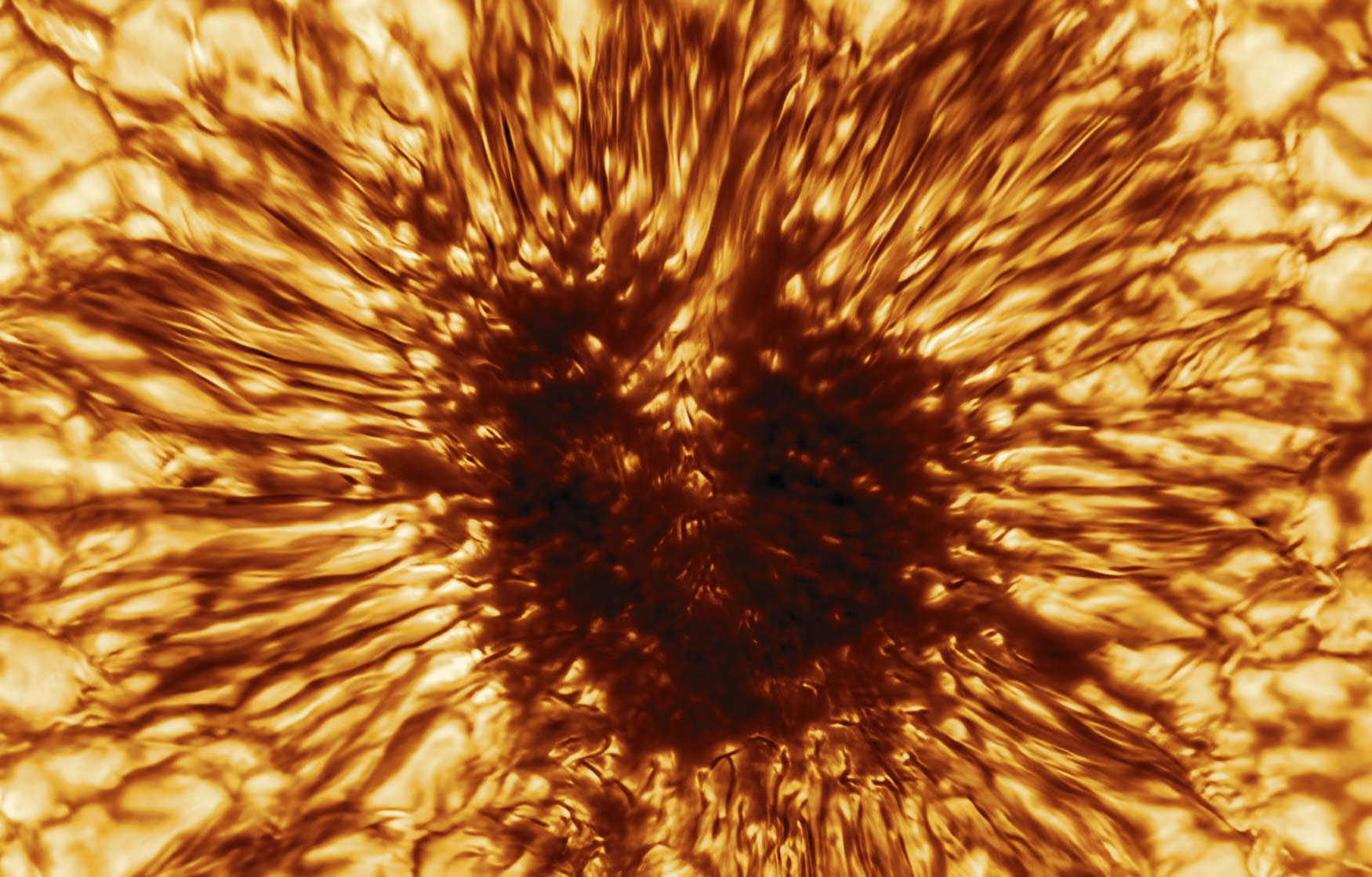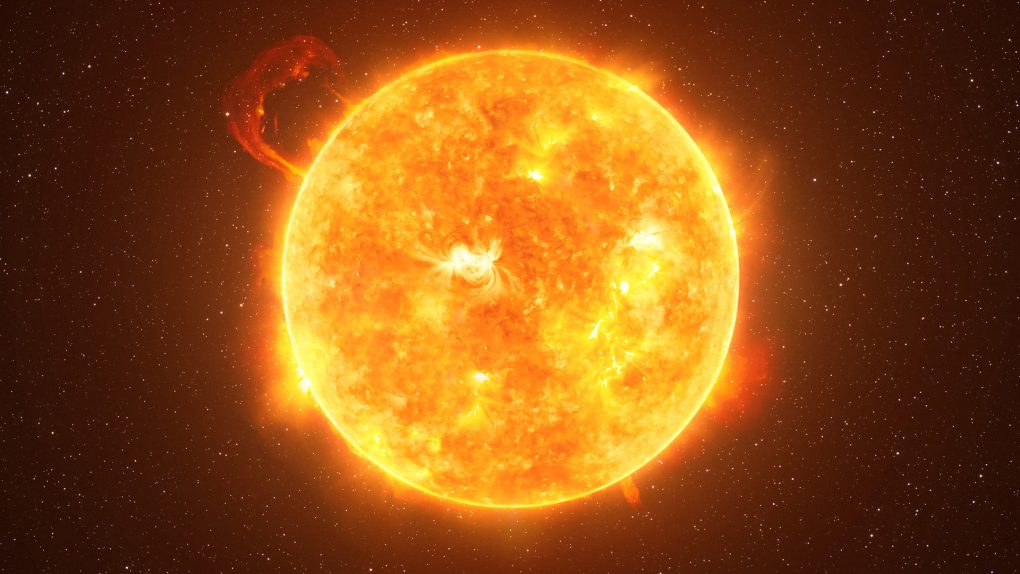Earth could be the recipient of dangerous solar flares soon, according to new reports. Spaceweather.com says that three new sunspots have been discovered on the surface of the Sun, all with unstable magnetic fields labeled “delta class” because of how active and unstable they are at the moment.
The three sunspots are named AR3181, AR3182, and AR3183, and are currently all facing Earth. Despite the distance between our planet and the star it orbits, these dangerous solar flares can wreak havoc on Earth’s magnetic field, causing disruptions with GPS signals, electronics, and more.
The unfortunate thing about these three new sunspots, though, is the possibility that they could generate very dangerous solar flares that reach the X-class rating. These are major solar events that can cause long-lasting radiation storms in the upper atmosphere, which can trigger radio blackouts around the entire world.

Fortunately, the chance of an X-class solar flare triggering is only 25 percent. However, these three sunspots have a 40 percent chance of triggering dangerous M-class solar flares, which are medium-sized and can cause brief radio blackouts around Earth’s polar regions. They’re still dangerous, despite not being as strong as X-class flares.
Normally dangerous solar flares are also given a number. For example, a powerful solar flare that blasted out of the Sun in April of 2022 was classified as an X2.2, with the most powerful ever recorded being classified as an X28 when it hit back in 2003.
Solar flares can reach massive distances when they are released, too. The Sun previously blasted out a solar flare that shot over 2.2 million miles into space, unleashing plasma and solar energy in a beautiful but terrifying burst. And these events aren’t likely to stop anytime soon, as the Sun is reaching the more active point of its 11-year cycle.








